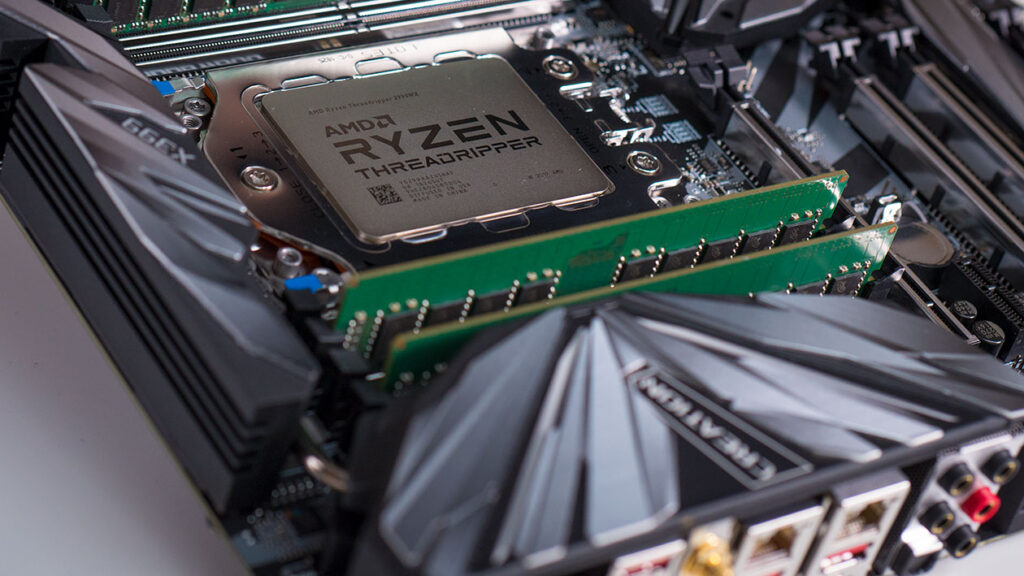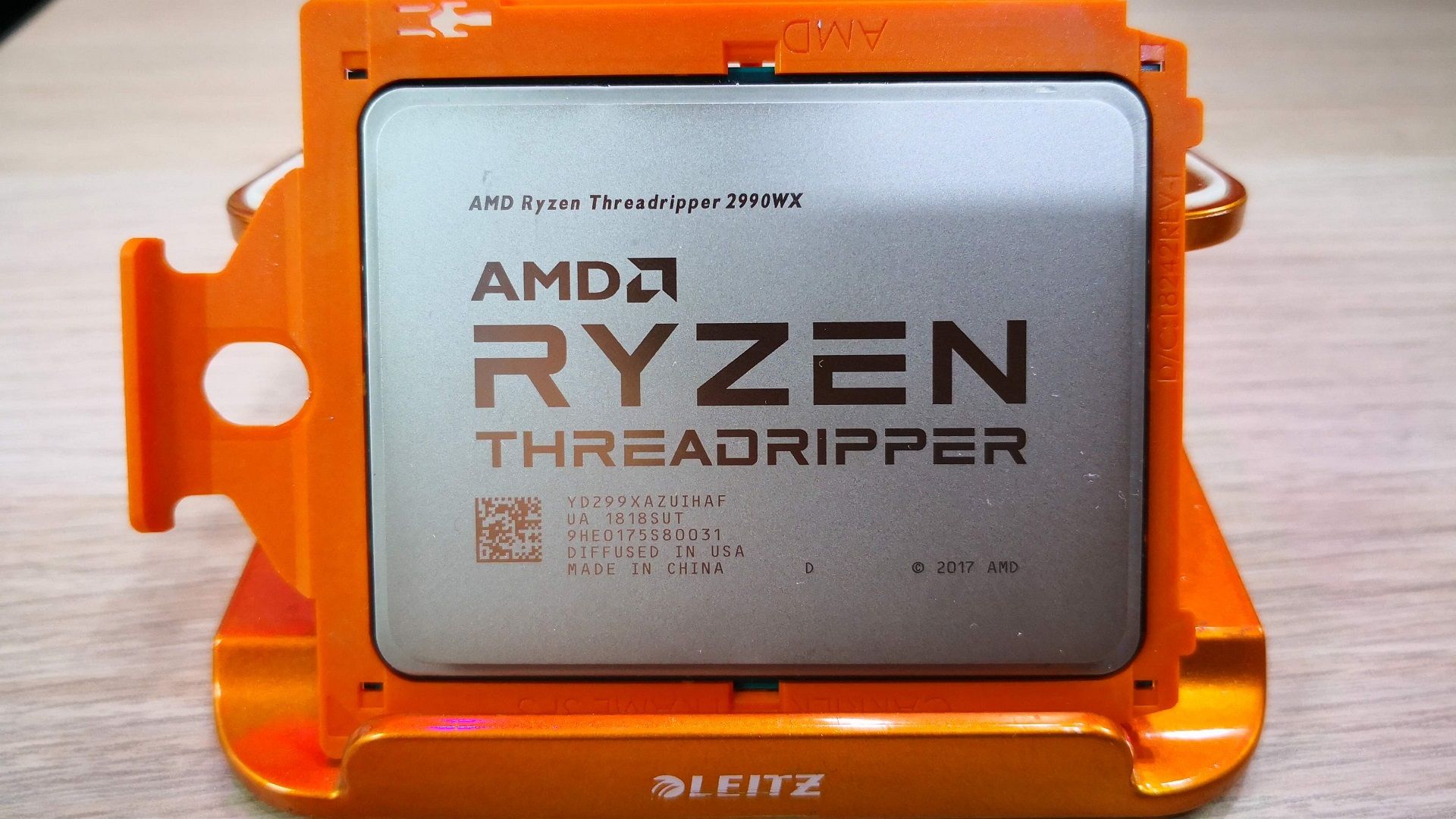
When building a high-end desktop featuring up to sixty-four processor cores, you might assume it’s powerful enough without pushing the boundaries. However, many enthusiasts are already overclocking AMD’s Threadripper 7000 series CPUs, eager to explore the limits of some of the most potent consumer hardware. But here’s the catch: if you decide to push those clocks, AMD will know about it.
An AMD representative confirmed that the Threadripper 7000 series is equipped with a hardware fuse designed to trip if overclocked, whether using AMD’s Precision Boost Overdrive system or other methods. This means that if the chip is sent in for servicing, AMD technicians can immediately detect overclocking attempts by users. It’s akin to the “warranty void if removed” stickers commonly seen on electronics and appliances.
However, AMD clarified that merely overclocking a Threadripper won’t automatically void the warranty, at least not on its own. The representative stated, “To be clear, blowing this fuse does not void your warranty. Statements that enabling an overclocking/overvolting feature will ‘void’ the processor warranty are not correct.” This clarification followed additional warnings in motherboard BIOS messages, causing some confusion but reinforcing AMD’s official stance. It’s essential to note that the motherboard’s warranty is a separate consideration.
Enthusiasts seeking to push the boundaries of their high-performance CPUs, with prices ranging from $1500 to $5000 for the top-of-the-line 7980X, can take some comfort in this policy. It’s crucial to recognize that the overclocking policy is specifically in place for Threadripper chips sold directly to customers for system-building. If you happen to acquire a WRX90 or TRX50 designed for OEMs, these chips don’t officially support user overclocking.




